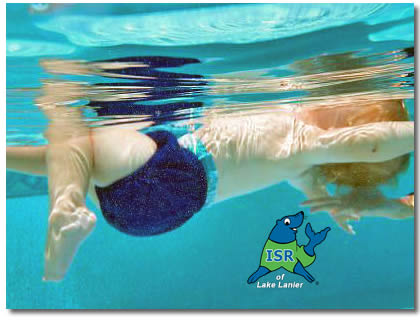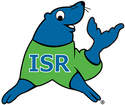|
Many programs teach children that water is a fun place to play without teaching them any meaningful skills. Remember, water will not be a fun place for your child if he or she is unskilled and finds himself alone in the water. This approach may make a child more vulnerable to drowning as a child is taught to be fearless without any understanding of the skills needed for effective swimming.
The ISR Self-Rescue® program teaches skills necessary for a child to reach the steps, edge of the pool or shore. This process begins with teaching breath control and the skills to turn around in the water to secure the edge. Children learn correct swimming posture, movement through the water, the rollback-to-float sequence, as well as rotating to a face-down position to continue to swim. This 'swim-float-swim' sequence can be repeated until safety is reached. From Infant Swimming Resource, "During lessons, each ISR Student, regardless of age, learns to roll over and float. For infants, rolling over to float and maintaining that float is the focus for ISR lessons until around the time they begin to walk. This skill then integrates with the swim-float-swim sequence once a child is walking." ISR Self-Rescue® instruction encourages water competence first, thereby promoting a safe foundation for lifelong enjoyment of the water. ISR is the most important level of protection you can give your child to prevent drowning. If fences, supervision, and alarms fail, your child's skill is an additional measure of protection!
0 Comments
|
BlogThank you for checking out my Blog! Here you will find ISR Self-Rescue® information, personal blog posts, and recipes from my kitchen! Make sure to join us on our Facebook, Instagram, Twitter and Pinterest sites as well. Archives
June 2023
Categories
All
|


 RSS Feed
RSS Feed
